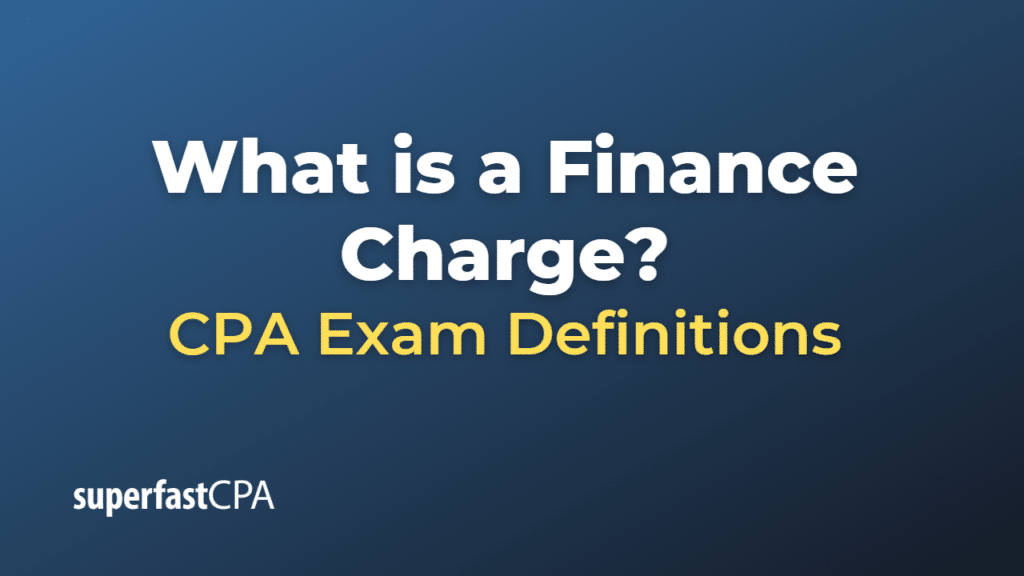Finance Charge
A finance charge is a fee charged by a lender to a borrower for the use of credit or the extension of existing credit. It may include interest, service charges, late fees, and transaction fees.
The amount of the finance charge depends on the type of loan or credit, the amount borrowed, the interest rate, and the length of time over which the credit is extended. Finance charges are typically expressed as an annual percentage rate (APR) that includes all fees and costs associated with the loan.
Credit cards, mortgages, auto loans, and other consumer loans typically include finance charges. For example, if you don’t pay off your credit card balance in full each month, you’ll typically have to pay a finance charge in the form of interest on the balance.
It’s important for consumers to understand how finance charges are calculated, as they represent a significant portion of the total cost of any loan or credit product. Understanding these charges can help consumers shop around for the best rates and terms and make informed decisions about credit use.
Example of a Finance Charge
Let’s take an example of a finance charge in the context of a credit card.
Let’s say you have a credit card with an annual percentage rate (APR) of 18%. You start the month with a zero balance and then make a purchase of $1,000. You don’t make any other purchases or payments during the month.
To calculate the finance charge, you first need to find your daily periodic rate, which is your APR divided by the number of days in the year:
- Daily Periodic Rate = APR / 365 = 18% / 365 = 0.0493%
Then, you’ll multiply this rate by your average daily balance and the number of days in your billing cycle (let’s assume 30 days for simplicity). In this case, since you haven’t made any payments, the average daily balance would be the same as your balance of $1,000:
- Finance Charge = Daily Periodic Rate * Average Daily Balance * Number of Days in Billing Cycle
- Finance Charge = 0.0493% * $1,000 * 30 = $14.79
So, you would incur a finance charge of $14.79 for this billing cycle. If you don’t pay off your balance, this finance charge would be added to your balance for the next billing cycle, and you would begin to incur interest on your interest—a phenomenon known as compounding.
This is a simplified example. In reality, your balance would likely change throughout the billing cycle as you make additional purchases and payments, which would require you to calculate the average daily balance by summing the balance for each day of the billing cycle and dividing by the number of days in the cycle.













